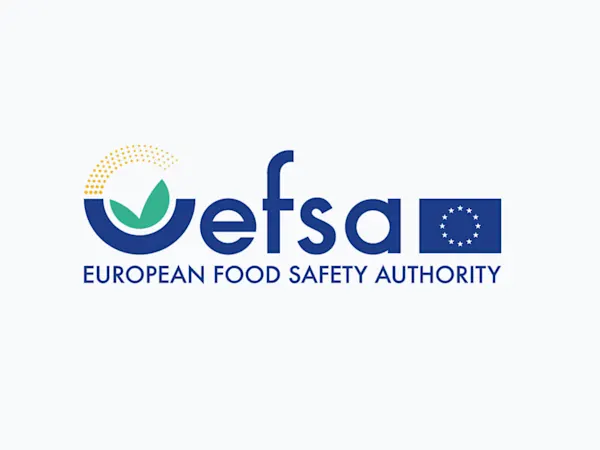
EU Ministers Press Commission on Delayed REACH Revision Amid Industry and Environmental Demands
EU Member States urge the Commission to accelerate the REACH revision, citing urgent health, environmental, and industry competitiveness needs.


The European Ombudsman has issued a recommendation urging the European Commission to address delays in its authorisation process for dangerous chemical substances under the REACH Regulation. Despite a statutory deadline of three months, the Commission has taken an average of 14.5 months—and in some cases, up to 54 months—to reach decisions, leading to extended use of hazardous chemicals in the EU.
The inquiry, opened in June 2023, found that the European Commission’s failure to meet statutory deadlines for processing applications to authorise the use of dangerous chemical substances constitutes maladministration. The substances in question pose significant risks, including carcinogenic, mutagenic, and toxic properties. The REACH Regulation mandates that companies applying for authorisation must submit detailed information to justify the continued use of these chemicals while their applications are pending. However, systemic delays mean that many of these hazardous substances remain on the market for extended periods, without adequate oversight or control.
The report highlights several reasons behind these delays. The Commission cited internal complexities, such as the involvement of two directorates-general—Environment (DG ENV) and Internal Market, Industry, Entrepreneurship and SMEs (DG GROW)—in processing applications. Additional complications arise from the need to reconcile technical advice from expert committees and the need for broader political deliberations. In some cases, incomplete applications further slow down the process.
Moreover, the inquiry revealed that only 20% of authorisation procedures were completed within 12 months, while the remaining 80% took far longer. The Ombudsman expressed concern that such delays contradict the core aim of the REACH Regulation—to protect public health and the environment.
The Ombudsman’s recommendation emphasises that the Commission must reorganise its procedures to ensure timely decisions and suggests rejecting incomplete applications to prevent companies from continuing to use dangerous substances. Furthermore, the Ombudsman has called for increased transparency, particularly around the workings of the REACH Committee, which approves the final decisions. The lack of publicly available information hampers public accountability and understanding of the reasons for delays.
Two recent EU court cases underline the gravity of the issue. In both cases, the Commission’s authorisations were annulled due to inadequate consideration of risks or alternatives. The courts ruled that applicants bear the burden of proof and that incomplete applications should not be allowed to prolong the use of dangerous substances.
The Ombudsman’s recommendation could prompt significant changes in how the Commission handles chemical risk management. Ensuring compliance with the three-month statutory deadline is critical to fulfilling the regulation’s purpose: the timely phasing out of harmful chemicals.
The European Ombudsman’s intervention underscores the urgent need for the European Commission to streamline its authorisation process for dangerous chemical substances. Delays not only pose risks to public health and the environment but also undermine the credibility of the EU’s regulatory framework. The Commission has been urged to revise its procedures to enhance both efficiency and transparency, ensuring that hazardous substances are regulated with the urgency they demand.
The Ombudsman’s full recommendation is expected to influence future regulatory practices, with a detailed response from the Commission due by January 2025.
Foresight continuously tracks 1000s of sources and maps updates to your portfolio:




EU Member States urge the Commission to accelerate the REACH revision, citing urgent health, environmental, and industry competitiveness needs.

The EU has classified DBDPE as a substance of very high concern (SVHC) due to vPvB properties, affecting manufacturers and downstream users of flame retardants.

EFSA launches consultation on updating its Weight of Evidence and Biological Relevance guidance, aiming to streamline chemical risk assessment practices.
Subscribe to Foresight Weekly and get the latest insights on regulatory changes affecting chemical compliance.
Free forever. Unsubscribe anytime.
Read by professionals at